Intentional change Theory: Fancy term for a simple concept
Intentional Change Theory is a model that we refer to in many of our courses, such as Values, Vision, and Goals.
I know it sounds complicated, but it’s really not. 1) Imagine, 2) Measure, 3) Plan, 4) Execute…. repeat!
Richard Boyatzis, a professor at Case Western Reserve University, introduced the model of Intentional Change Theory in a 2006 article. It’s a model that describes how meaningful and sustainable change happens. And it’s scalable from the individual, to couples, to families and teams, to organizations, communities, countries, and the whole globe. Here’s how it works.
STEP ONE: Envision the ideal.
You have to know where you want to go. Using the illustration of a navigation app on your phone, you wouldn’t start driving anywhere without first knowing where you’re going. Knowing your destination is the first step in driving your action.
If the change I want to happen is to improve my 5k run time, I should start by identifying what my ideal run time is. Let’s say I would like to have a 25-minute 5k run time (that’s pretty fast for me!)
STEP TWO: Measure the real.
The second stage in the process is knowing where you are today. Again, like the navigation app on your phone, the second most important piece of information is where you are currently. Once you have a pin for your intended destination and a pin for your current destination, you can start planning your route. Measuring the real can also be called inventory or assessment. This stage of the process is an excellent moment to assess what’s currently working and not working about your present circumstances. If appropriate, collecting some data or taking a self-assessment quiz pertaining to the subject at hand might be appropriate.
Using the 5k run time example, measuring the real might mean going to the track and timing my 5k run time. That’s using data to assess where I am today.
STEP THREE: Make a plan to close the gap.
Making a plan to close the gap between where you are and where you want to be is where it gets fun and interesting. Like the navigation app, now you can see the path from your current location to your desired location, with all the distances and left and right turns along the way.
If I’m working to improve my 5k run time, I might create a 2-month training plan in which I run at the track 3 days per week, working on both distance and speed interval drills. I might also take an intentional look at my sleep, hydration, and nutrition habits in order to maximize the output of my body. The plan should be as detailed as possible, to bring the path into sharp focus.
STEP FOUR: Experiment, reflecting, asking for feedback, and learning.
Now all I need to do is put the plan into practice! Stay open to unexpected information and new developments. Using the illustration of the navigation app, there might be traffic along my route or construction or a car accident that causes me to need to adjust my plan.
Using the 5k run time example, I might learn that 3 training days per week is too much to ask from my busy schedule. Or I might discover that I can do even more than I previously thought and increase the number of days I train. I might hire a coach to give me pointers and feedback and help me stay on track. Change is a process, which means I’m always learning and adjusting my methods.
… and then you start again. And—arguably most importantly—all the steps are enhanced and reinforced when they are practiced in the context of a community.
In all of this, never forget the importance of a supportive community. Our friends, family, peers, teammates, mentors, role models, and even our competitors—they all provided the necessary human context to help us stay on track and give the work we’re doing meaning.
In our courses, we use the above illustration, which is admittedly a simplification of Boyatzis’ original model which you can find in his original article, published in the Journal of Management Development.

